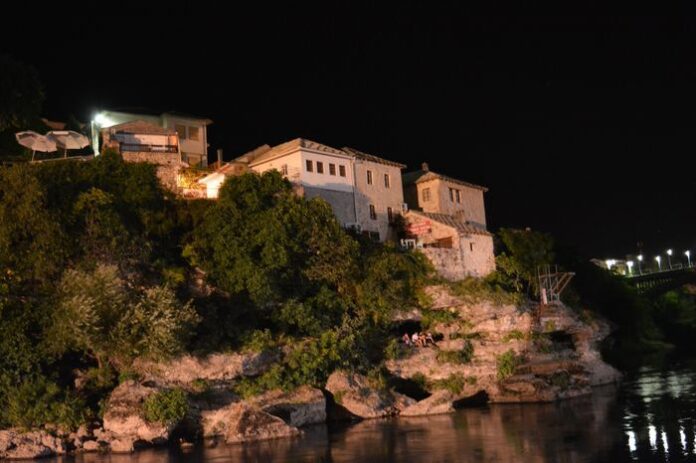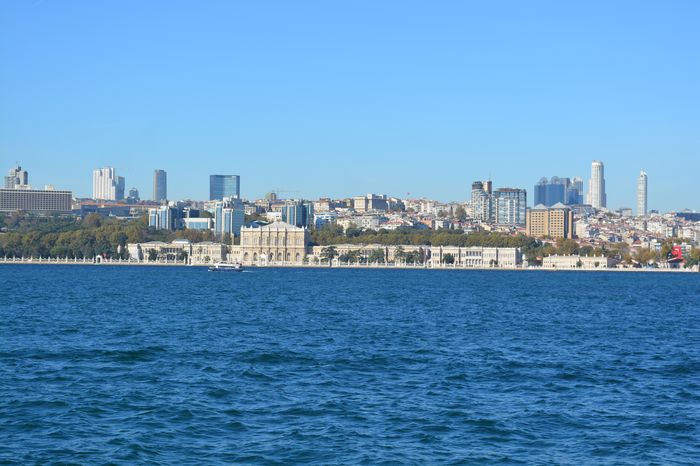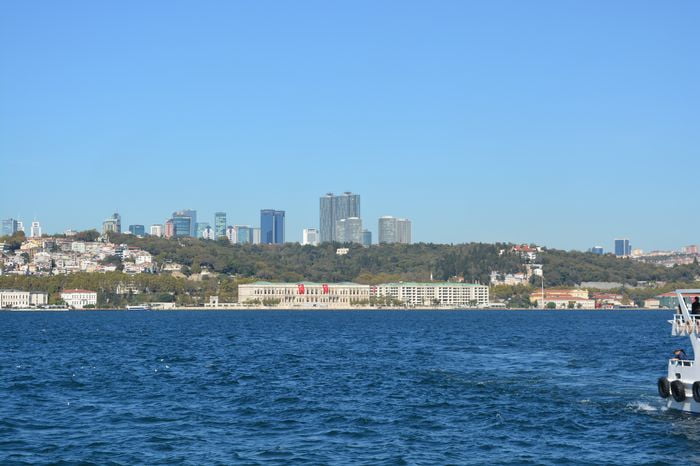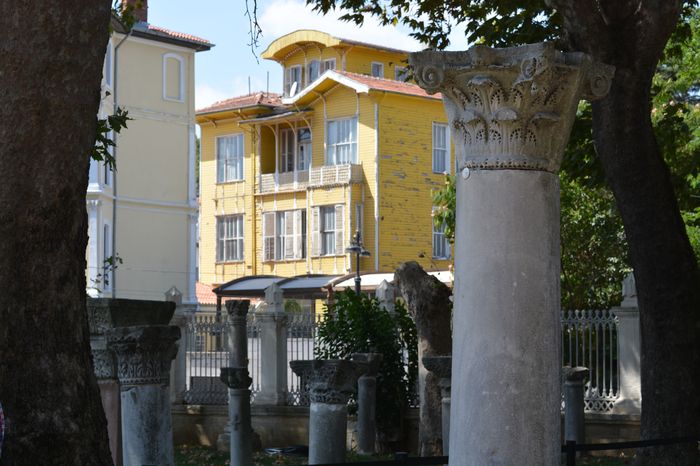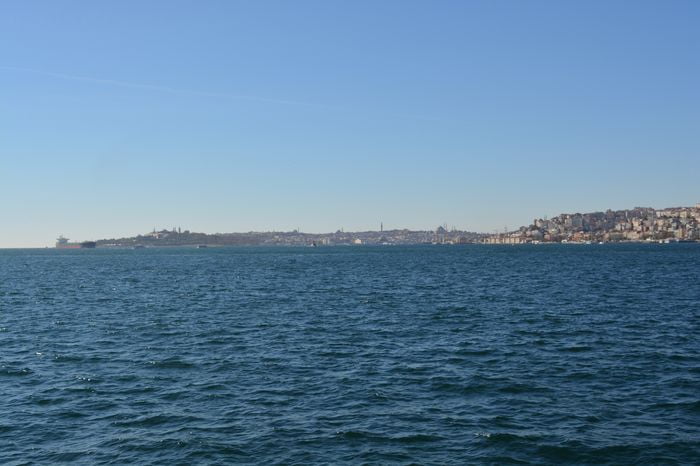Among the sea-facing gates of Constantine’s wall in ancient Constantinople, only one can be identified with certainty: the Gate of St. Emilianus. This gate was located near the Church of St. Mary Rabdou, along the Sea of Marmara. Today, its approximate location is marked by Daoud Pasha Kapoussi, a gate that still carries historical significance.
A Doubtful Gate The Basilike Porta
Another possible gate, suggested by Dr. Mordtmann, is the Basilike Porta, which he places near the Golden Horn, close to where Ayasma Kapoussi now stands. However, this idea remains highly speculative. There is no strong evidence to confirm that a gate with this name ever existed in that location during the Constantinian period Matching Measurements No Coincidence.
Similarly, claims about a Porta Saturnini—a gate named after Saturninus—also appear in some texts, such as the Life of St. Isaacius. But these references describe houses or monasteries built near city boundaries, not actual gates. Thus, we cannot say for sure that such a gate was ever part of the original city wall.
The Role of Constantine’s Walls in Defense
The Wall of Constantine protected the city for nearly eighty years. During this time, it served as a crucial defense against threats from the Visigoths, who were gaining power in the Balkan region during the late 4th and early 5th centuries.
After the Roman army’s defeat at Adrianople in 378, the Goths marched toward Constantinople. However, they quickly withdrew, realizing that the city’s strong walls made it impossible to attack. Even the bold Alaric, who later invaded Rome, never attempted to attack Constantine’s walls. Likewise, the general Gainas, seeing that the city could not be taken by surprise, abandoned his siege and retreated to Thrace Sofia Daily City Tours.
Survival After the Theodosian Walls Were Built
It is a mistake to believe that Constantine’s original walls were demolished immediately after the more famous Theodosian Walls were built. In fact, the older walls continued to serve as an inner defensive line for many years.
Historical records mention them during the reign of Justinian the Great in the 6th century, when both wall systems were damaged in a major earthquake. The Paschal Chronicle, written even later, also refers to the existence of the older walls, indicating that they remained standing at least until the 8th century.
The Gradual Disappearance of the Old Walls
Although we cannot say exactly what condition the Constantinian walls were in by 740 AD—the year the Gate of Atalus collapsed—it is clear that they were still at least partially standing. Over time, however, these structures seem to have faded from use, likely left to decay naturally as the city’s focus shifted to newer fortifications.
Interestingly, remains of these early walls were still visible near Isa Kapoussi as late as the early 20th century, showing just how long they endured, even after falling out of use.
While much of Constantine’s original wall has been lost to time, it once served as the main defensive barrier for the early Byzantine capital. Only a few gates—such as the Gate of St. Emilianus—can be confirmed today, but their legacy reminds us of the strategic brilliance and historical depth of Constantinople’s first fortifications. Even as newer walls were built, the old ones stood firm for centuries, protecting the heart of the empire.
